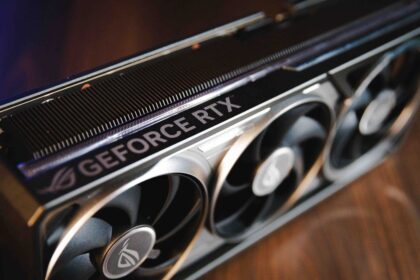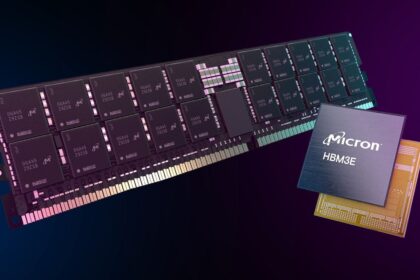RAM — short for Random Access Memory — is a critical component in computers, smartphones, and gaming consoles. It functions as the system’s main memory, temporarily storing data the processor needs to access quickly. RAM enables the rapid read and write operations that keep systems running efficiently and responsively.
Here are some key types of RAM and their characteristics:
SRAM (Static Random Access Memory)
- Faster than traditional DRAM
- Stores data using flip-flop circuits, which means the information remains stable (or “static”) as long as power is supplied
- Commonly used in CPU caches due to its speed and reliability
SDRAM (Synchronous Dynamic Random Access Memory)
- Operates synchronously with the system clock, allowing for more predictable and stable performance
- Was widely used in older computers, but has since been replaced by more advanced memory types such as DDR (Double Data Rate) RAM
VRAM (Video RAM)
- A specialized type of memory found in graphics cards (GPUs)
- Stores image-related data, such as textures, frame buffers, and display information
- Ensures smooth rendering of graphics in gaming, video editing, and 3D applications
In summary, RAM plays a vital role in system performance — the faster the RAM, the better a system can handle multitasking and demanding applications. Whether you’re gaming, editing videos, or just browsing the web, the type and speed of RAM can make a big difference.
How much do I need on my pc?
These days, most laptops and tablets come equipped with 8 GB of RAM, which is generally enough for basic tasks like studying, browsing, or light office work. But as Kingston’s tech manager points out, the demands on computers are only growing, especially with AI features now being built into many systems.
Because of that, upgrading to 16 GB of RAM—ideally using two 8 GB sticks—can offer a noticeable boost in performance, stability, and future-proofing. It’s a smart move for most users and often the first step for anyone interested in gaming or diving into more demanding work like video editing.
According to Iuri, though, we’re entering an era where 32 GB is becoming the new standard. And for heavy users like himself, even that isn’t always enough:
“I’m a heavy user… For me, 32 GB can sometimes fall short. I often need 64 GB—or at least 48 GB using two 24 GB modules. When I’m working with just 32 GB, I have to cut back on some tasks.”
Is there a difference between notebook and PC RAM?
Aside from the physical format, RAM functions similarly in desktop computers and laptops. The main difference lies in the size: desktop RAM modules are longer, while laptop RAM is smaller and more compact to fit inside slimmer devices.











